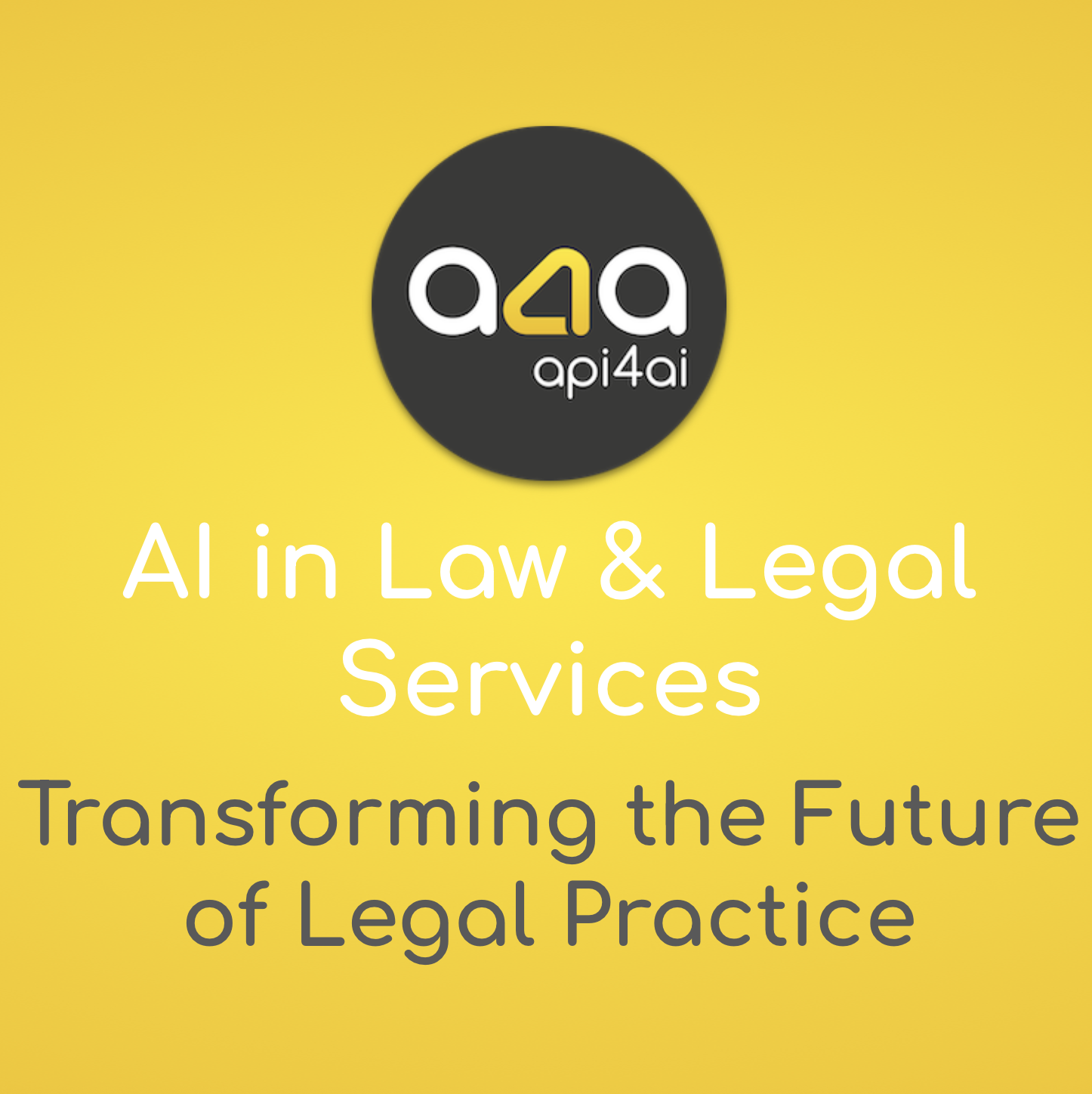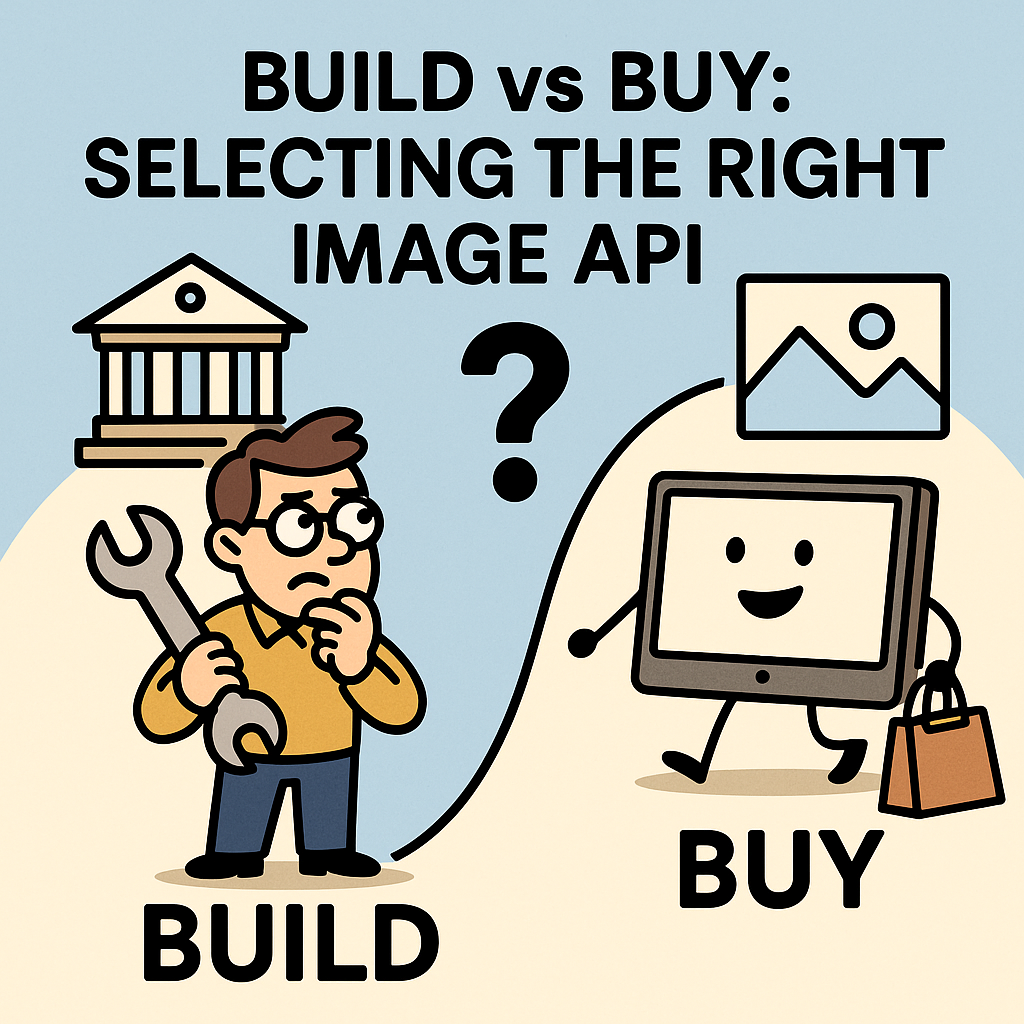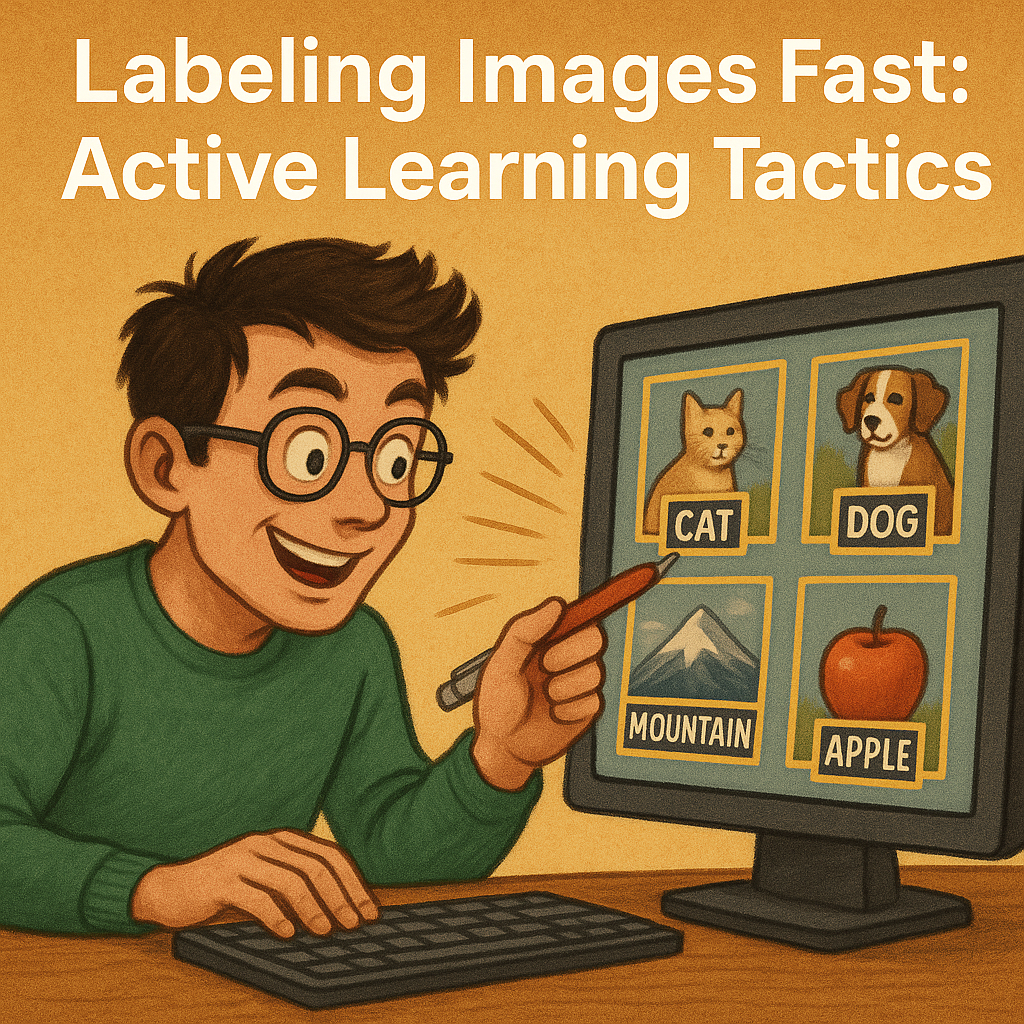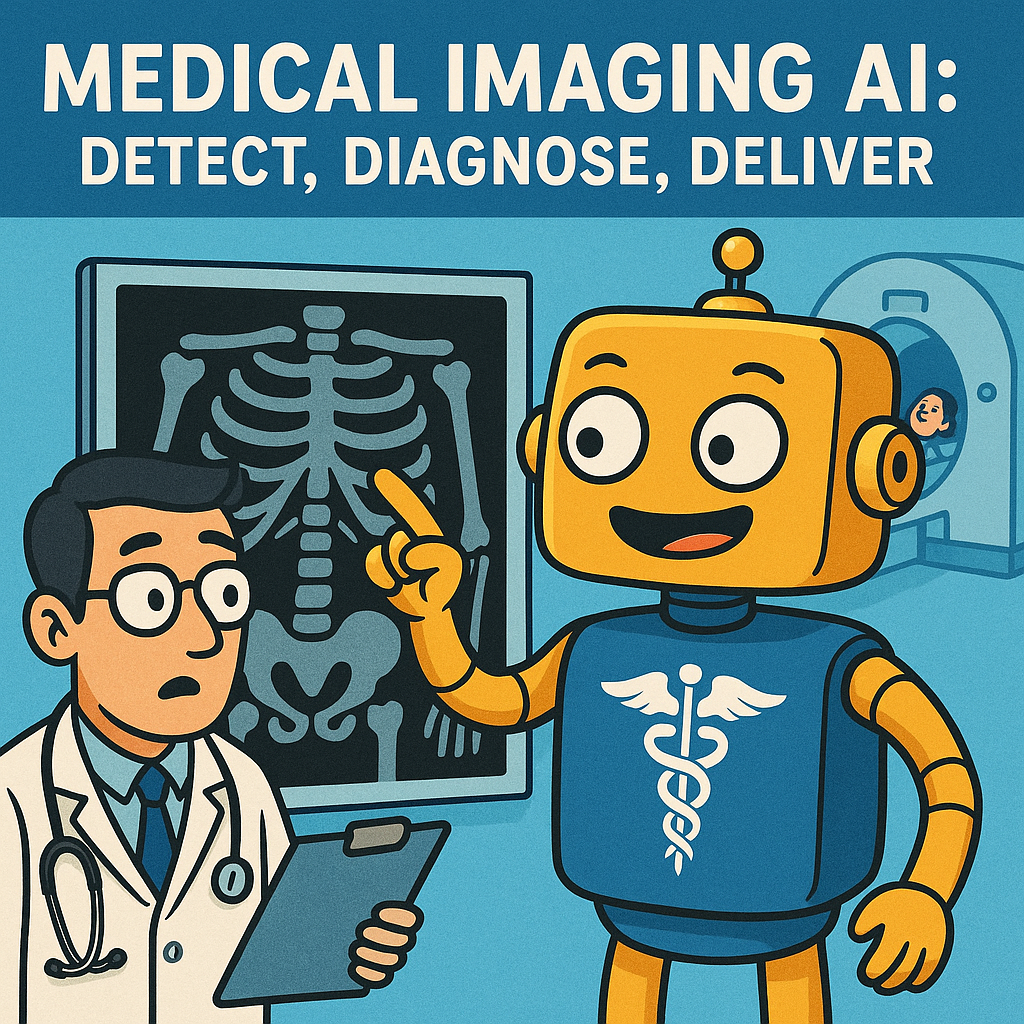
AI in Law and Legal Services
Artificial intelligence is rapidly reshaping the legal landscape, offering powerful tools to tackle growing volumes of visual and textual data. From analyzing surveillance footage for key evidence to digitizing and classifying thousands of legal documents with advanced OCR, computer vision is transforming how law firms, legal departments and courts operate. These AI-driven technologies enable faster case preparation, improved accuracy and significant cost savings — without compromising legal standards or data privacy. In this blog post, we explore how AI is revolutionizing evidence processing, document digitization and smart retrieval and how legal teams can leverage off-the-shelf APIs or custom-built solutions to stay ahead in an increasingly digital legal world.

OCR for Arabic & Cyrillic Scripts: Multilingual Tactics
As digital growth accelerates across the Middle East, North Africa and Eastern Europe, the need for robust OCR solutions that support Arabic and Cyrillic scripts has never been greater. Traditional OCR engines often struggle with right-to-left text, ligatures and glyph ambiguities, leading to frustrating errors and missed opportunities. In this article, we explore the cutting-edge techniques that empower developers to build inclusive, high-accuracy OCR applications — from smart pre-processing and ligature detection to advanced language-model post-processing. Discover how to unlock seamless text recognition for emerging markets and tap into vast new user bases with modern OCR technology.

Sports Sponsorship Optimization with Automated Metrics
In the world of sports sponsorship, visibility is everything. With billions invested in LED displays and stadium banners, brands are pushing for real-time control over how and when their logos appear. Powered by cutting-edge computer vision and live data streams, stadiums are turning passive LED boards into dynamic marketing assets. Real-time optimization now allows sponsors to adjust rotations mid-match, ensuring their logos shine during the biggest moments — when audience attention is at its peak. Discover how this revolutionary approach is transforming sponsorships from static displays into fully interactive, data-driven experiences.

Impact of Manual Code Reviews on Software Development
Developer participation in code reviews is a cornerstone of software quality and team collaboration. According to industry surveys, around 76.4% of developers regularly engage in code reviews, with 68.8% valuing the process for its quality checks and knowledge sharing. However, nearly one-quarter still bypass this crucial step, potentially leaving vulnerabilities and code issues unchecked. In highly regulated sectors like finance and healthcare, participation nears 100%, driven by strict compliance and security demands. This post explores the state of code review practices across industries, the gaps in adoption and strategies to enhance developer involvement.
Visual Listening: Tracking Every Un‑Tagged Logo Mention
In today's visually driven world, more than 85% of brand appearances happen silently — without hashtags or mentions. Traditional social listening tools miss these critical visual moments, leaving brands with an incomplete view of their true market presence. Visual listening changes the game by detecting logos and branded products directly in images and videos, capturing silent brand mentions that text alone can't track. From influencer posts and event sponsorships to competitive analysis, learn how image-first monitoring surfaces hidden opportunities and amplifies your brand's Share of Voice.

When Off‑The‑Shelf Fails: Custom Vision Solutions
Off-the-shelf vision APIs have made image recognition more accessible than ever, offering quick deployment and basic object detection capabilities. But when it comes to high-stakes industries like manufacturing, healthcare, agriculture and smart cities, the limitations of generic models quickly become apparent. Edge cases, domain-specific anomalies and real-time processing demands often expose gaps that standard solutions can't fill.
Custom vision models bridge this divide by delivering precision-tailored image recognition, built specifically for your business needs. Whether it's identifying microscopic defects on an assembly line, monitoring crop health from drone footage or ensuring brand protection in retail, bespoke models provide unmatched accuracy, reduced latency and full control over data privacy.
In this article, we explore the full journey — from identifying the weaknesses of off-the-shelf APIs to planning, building, and deploying a custom vision solution. Learn how the right development partner, combined with clear project scoping and smart MLOps practices, can transform your operations, reduce costs and give you a competitive edge in a data-driven world.

Build vs Buy: Selecting the Right Image API in 2025
In today’s AI-driven landscape, image recognition has become a core requirement across industries — from e-commerce and finance to security and social platforms. As 2025 pushes the boundaries of visual intelligence even further, one question continues to challenge technical leaders: should you build your own computer vision pipeline or buy an off-the-shelf API?
This blog post provides a deep, structured look into the Build vs Buy decision. We break down the total cost of ownership (TCO), model accuracy, speed to deployment, scalability, compliance and vendor risks — offering a clear decision matrix that CTOs and product leaders can use to choose the best approach for their unique context. Whether you’re launching a new feature, scaling your infrastructure or looking to future-proof your image processing capabilities, this guide offers strategic insights, real-world benchmarks and practical tools. Learn how modern teams are combining cloud APIs and custom vision models to balance speed, cost and control — and how you can do the same.

AI Code Review APIs: Reducing Developer Burnout
Code reviews are a cornerstone of modern software development, but when done manually, they often become a hidden source of stress and fatigue. Developers spend hours each week checking for minor issues, switching contexts between tasks and waiting on slow feedback loops — all of which contribute to rising burnout levels in tech teams. This blog post takes a deep dive into how AI-powered code review APIs are transforming the development workflow. By automating repetitive checks, delivering instant, consistent feedback and integrating seamlessly with platforms like GitLab, these tools not only speed up the review process but also create a healthier, more balanced working environment. Learn how AI tools like CRken help reduce cognitive overload, improve team morale and support better coding practices — making life easier for developers and more productive for organizations.

AI in DevOps: Enhancing Code Review Automation
AI is reshaping the way DevOps teams handle code reviews — turning a common bottleneck into a fast, automated and scalable process. This blog post explores how AI-powered tools, like LLM-based reviewers, are transforming merge request workflows, improving code quality and accelerating deployments without sacrificing team collaboration. Discover how to balance automation with human expertise and what future trends will shape the next generation of intelligent DevOps pipelines.

Automated NSFW Detection: The 2025 Content-Safety Playbook
In 2025, content safety is no longer optional — it’s mission-critical. As short-form videos, livestreams and user-generated content explode across platforms, companies must build smarter, faster NSFW detection pipelines to stay compliant, protect users and earn trust. This playbook dives deep into the $9 billion content moderation market, explains the precision/recall trade-offs that every developer faces and shares actionable strategies to cut false positives without slowing uploads. Whether you're scaling with ready-to-go APIs or planning custom AI solutions, this guide gives you the roadmap to lead in the next generation of digital safety.

Receipt-OCR Mastery: Turning Paper Slips into Real-Time Retail Data
Paper receipts may seem like outdated clutter, but they’re packed with valuable information — if you know how to unlock it. In this deep-dive article, we explore how modern OCR and receipt-parsing technologies transform messy, real-world images into structured, machine-readable data. From extracting itemized SKUs and calculating taxes to feeding real-time analytics dashboards, today’s systems do far more than just read text.
You'll learn how receipt parsing APIs handle mobile photo noise, benchmark their accuracy using industry datasets, and integrate into serverless workflows that scale effortlessly. Whether you're looking to automate expense tracking, power dynamic pricing or personalize loyalty programs, this guide breaks down the full pipeline — from snapshot to actionable insight. Ideal for retail, finance, logistics and tech teams ready to turn everyday receipts into a competitive edge.

Real-Time Logo Detection: Live-Stream Sponsorship ROI
In the fast-moving world of live-stream sponsorships, waiting days for exposure reports just isn’t enough anymore. Real-time logo detection powered by AI transforms every second of brand visibility into actionable data — helping organizers, broadcasters and brands maximize sponsorship ROI while the event is still live. In this article, discover how real-time analytics close the visibility gap, unlock new revenue streams and future-proof sponsorship strategies across sports, esports, webinars and creator content. Whether you start with a ready-to-use API or a custom-built vision system, the ability to measure sponsorship impact instantly is becoming a game-changing advantage.

Labeling Images Fast: Active Learning Tactics
Labeling images for computer vision models used to be slow, costly and overwhelming — but it doesn’t have to be anymore. In this blog post, we dive into modern active learning tactics, human-in-the-loop (HITL) workflows and semi-supervised learning techniques that help you slash annotation costs by 30–70% without sacrificing data quality. Learn how to build a lean, scalable labeling pipeline using confidence sampling, smart review structures, cloud vision APIs for pre-labeling and serverless automation. Whether you’re creating object detection models, fine-tuning OCR pipelines, or launching custom AI solutions, mastering these strategies will help you deliver better results, faster and cheaper, while setting your AI projects up for long-term success.

Multimodal AI: Bridging Text and Visual Data
Multimodal AI is reshaping how we connect text and images — powering smarter search, richer content automation and next-gen customer experiences. In this blog post, we explore how technologies like CLIP, GPT‑4V and cross-modal transformers are transforming industries by bridging language and vision. Discover real-world use cases, practical strategies for building your own multimodal pipelines and how cloud APIs for OCR, labeling and background removal can jumpstart your success. Whether you're aiming for better search, automated captions or interactive visual chatbots, now is the perfect time to harness the full power of multimodal intelligence.

Ethical Vision AI: Fighting Bias & Privacy
Vision AI is transforming industries from retail to public safety — but without careful attention, it can also introduce bias and privacy risks. In this blog post, we explore how ethical challenges emerge in face recognition, surveillance and analytics and lay out practical strategies for building fair, transparent and privacy-first computer vision systems. From curating balanced datasets to designing explainable models and deploying anonymization tools like API4AI’s Image Anonymization API, discover how businesses can turn responsible AI practices into a powerful competitive advantage. Learn why ethics isn’t just about compliance — it’s the future of trusted innovation.

Super‑Resolution Secrets for Sharper Photos
In a world where sharper images drive better sales, clearer insights and richer storytelling, super-resolution technology is becoming essential. This blog unpacks how AI models — from early SRCNN to powerful ESRGAN and beyond — transform low-res photos into high-detail masterpieces. Explore real-world success stories in e-commerce, satellite imaging and film restoration and learn how you can build a production-ready super-resolution pipeline. Whether you’re upgrading product photos or restoring cinematic classics, discover how AI-powered upscaling is unlocking new possibilities for businesses and creators.

Medical Imaging AI: Detect, Diagnose, Deliver
Medical imaging is undergoing a powerful transformation. Thanks to deep learning models like Convolutional Neural Networks (CNNs) and Vision Transformers (ViTs), AI can now detect tumors, fractures and subtle anomalies faster and more accurately than ever before. This blog explores how these technologies are reshaping diagnostic workflows, boosting radiologist efficiency and improving patient outcomes. From secure data handling to real-world deployment strategies, discover why AI-powered imaging is becoming essential for modern healthcare — and how cloud-based APIs and custom AI solutions are making advanced diagnostics more accessible. Whether you're a healthcare professional, a tech enthusiast or a decision-maker in medical innovation, this is your guide to the future of diagnostic imaging.

Edge AI Vision: Deep Learning on Tiny Devices
Edge AI Vision is transforming smartphones, drones and IoT cameras by bringing real-time image recognition and object detection directly onto tiny devices. In this guide, discover how lightweight architectures like MobileNet and YOLO Nano, combined with powerful techniques like pruning, quantization and knowledge distillation, make deep learning models fit and perform on limited hardware. Learn how to pick the right accelerators — from mobile GPUs to dedicated NPUs — and build a scalable deployment pipeline with on-device inference, OTA updates and cloud-edge synergy. Master the art of turning hardware constraints into strategic advantages and unlock the next wave of innovation with deep learning at the edge.

Autoencoders Explained: Denoise & Compress Pics
Autoencoders are transforming how we process and understand images in the AI era. These powerful neural networks don’t just copy data — they learn to capture the essence of an image, making them incredibly useful for cleaning up noise, compressing large files, and even spotting subtle anomalies that would otherwise go unnoticed. In this comprehensive, beginner-friendly guide, we break down how autoencoders work, including their encoder-decoder structure, the concept of latent space and how they rebuild clean, compact versions of input images. You'll discover how they outperform traditional filters in denoising, beat classic formats like JPEG in compression and provide a flexible, scalable method for visual anomaly detection. Whether you’re a developer, data scientist or product owner, this post will help you understand how to build, train and deploy autoencoders in real-world pipelines — across industries like retail, healthcare, logistics and beyond.

GAN Magic: Creating Images from Noise & Text
Generative Adversarial Networks (GANs) are revolutionizing the way we create visual content — turning noise into photorealistic faces, powering deep-fake video, designing synthetic product photos and even generating stunning images from simple text prompts. In this beginner-friendly guide, we explore how GANs work, why they're essential in 2025's AI-driven content workflows and how businesses and creatives alike can harness their potential for faster, smarter and more scalable visual production.
